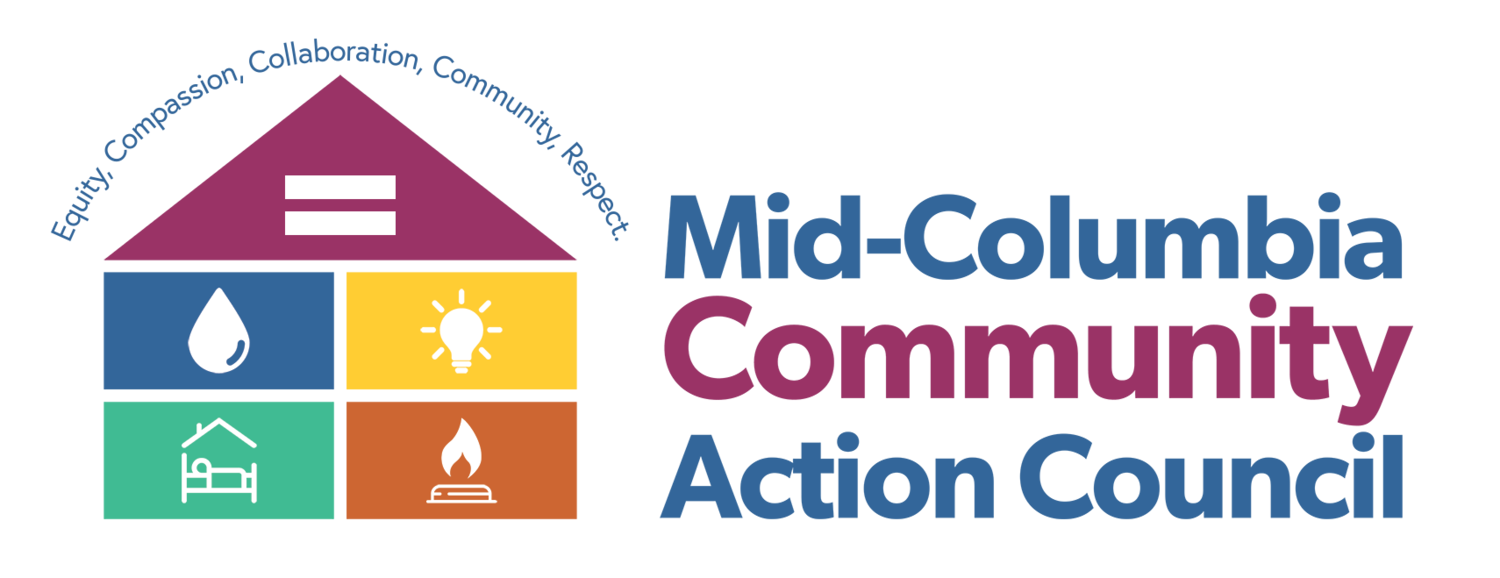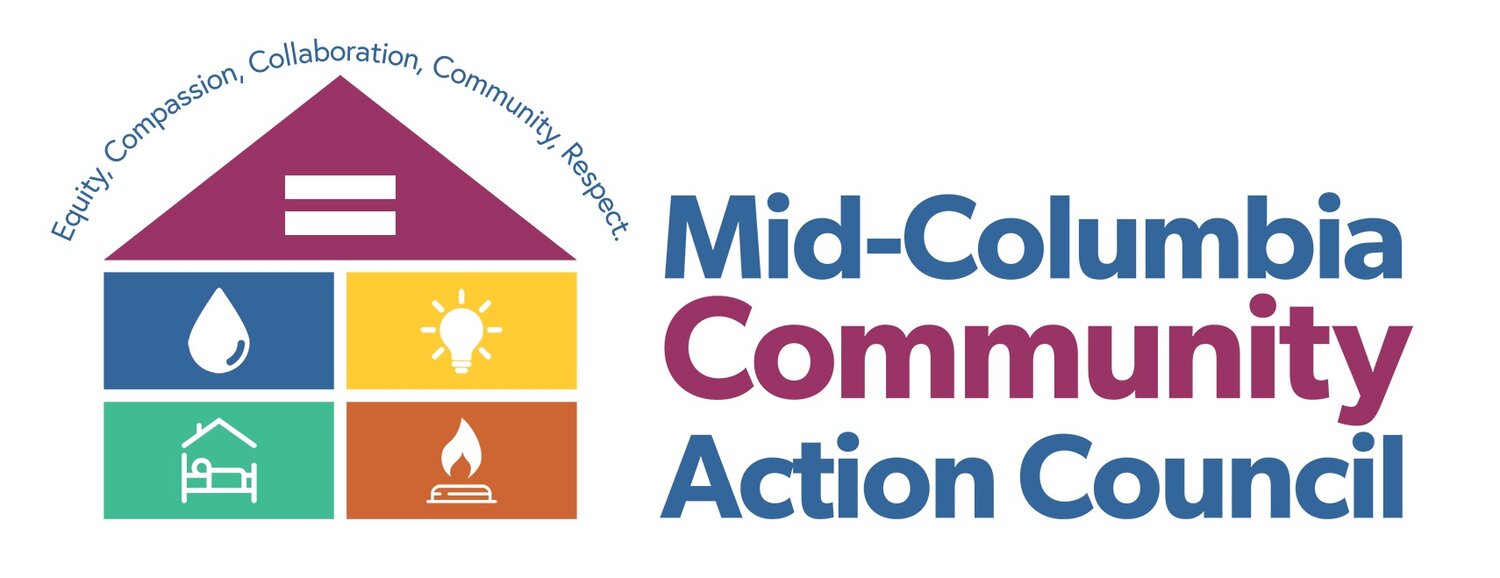Housing Status Definitions Used by MCCAC for Assistance Eligibility Screening
Literally homeless (HUD category 1), meaning:
(i) Living in a primary nighttime residence that is a public or private place not designed for or ordinarily used as a regular sleeping accommodation for human beings, including a vehicle, park, abandoned building, bus or train station, airport or camping ground; or
(ii) Living in a supervised publicly or privately operated shelter designated to provide temporary living arrangements (including congregate shelters, transitional housing, and hotels and motels paid for by charitable organizations or by federal, state or local government programs for low-income individuals); or
(iii) Exiting an institution (hospital, jail, etc.) where you resided for 90 days or less, and resided in an emergency shelter or place not meant for human habitation immediately before entering the institution.
Fleeing/attempting to flee domestic violence (HUD category 4), meaning:
Any individual or family who:
(i) Is fleeing or is attempting to flee domestic violence;
(ii) Has no other residence; and
(iii) Lacks the resources or support networks to obtain other permanent housing
Imminent Risk of Homelessness (HUD category 2), meaning:
Individual or family who will imminently lose their primary nighttime residence, provided that:
(i) Written notice stating that residence will be lost within 14 days of the date of application for homeless assistance has been received; and
(ii) No subsequent residence has been identified; and
(iii) The individual or family lacks the resources or support networks needed to obtain other permanent housing.
Unstably housed (Oregon Housing and Community Services definition), meaning:
Any individual or family who:
(i) Is at risk of losing housing, and doesn’t otherwise qualify as homeless or at risk of homelessness under the above listed categories, provided that:
a. They have been notified to vacate current residence OR otherwise demonstrate *high risk of losing current housing; AND
b. Lack the resources or support networks to obtain other permanent housing
**High risk may be demonstrated by, but is not solely defined as: having experienced a loss of income or other threat to housing stability. In addition, sharing housing of other persons due to loss of housing, economic hardship, or a similar reason (doubled up) may demonstrate a high risk of losing current housing. Owing rental arrears or not having the ability to pay for future rent may also demonstrate high risk status.
Homeless under other federal statutes (HUD category 3), meaning:
Unaccompanied youth under 25 years of age or families with children and youth who do not otherwise qualify as homeless under this definition, but who:
(i) Are defined as homeless under other listed federal statutes;
(ii) Have not had a lease, ownership interest or occupancy agreement in permanent housing during the 60 days prior to the homeless assistance application;
(iii) Have experienced persistent instability as measured by two moves or more during the preceding 60 days; and
(iv) Can be expected to continue in such status for an extended period of time due to special needs or barriers.

